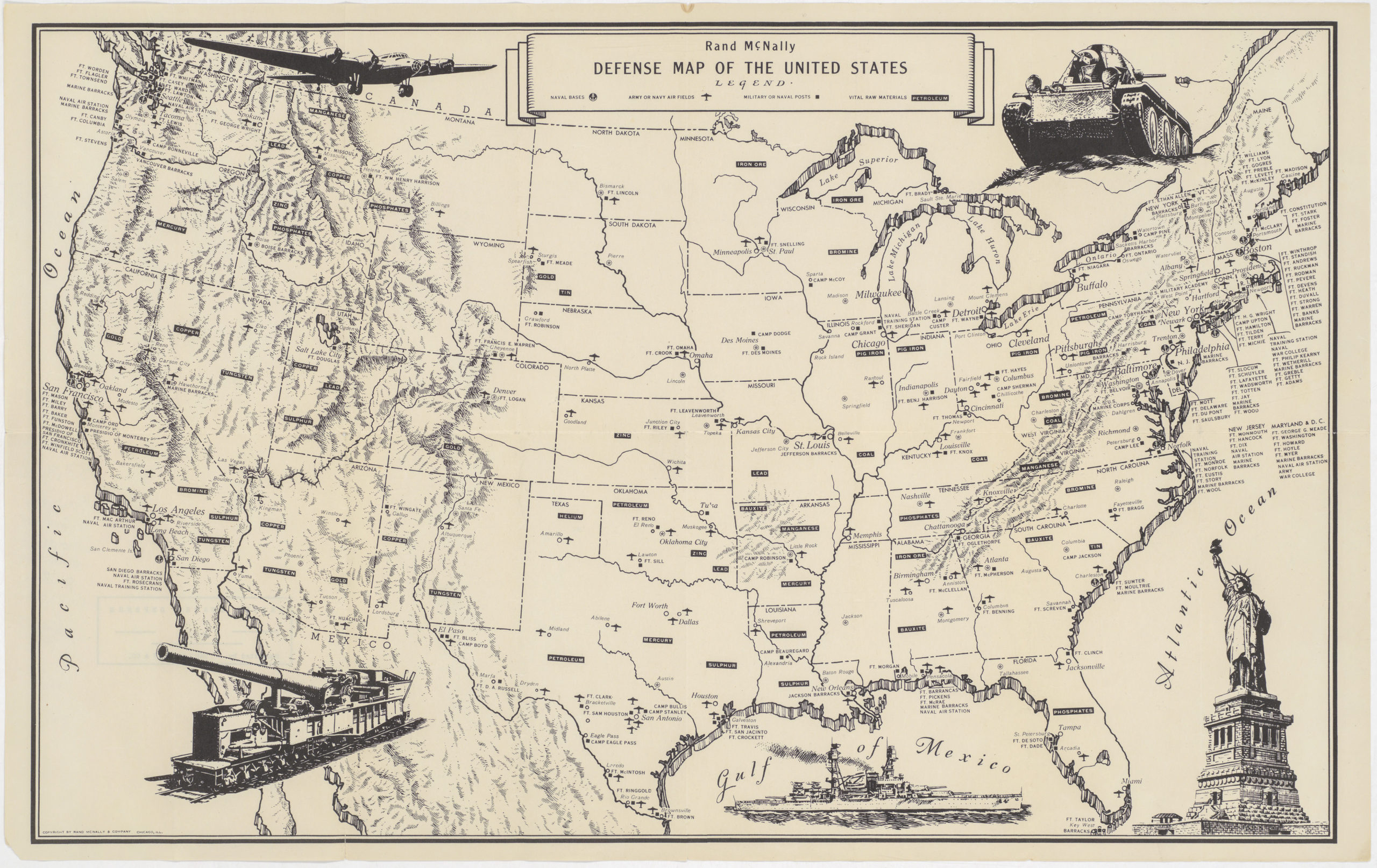[Persuasive Cartography] A thematic German map against the harsh limitations set by the Treaty of Versailles.
Das ist die Abrüstung! [This is Disarmament!]
Out of stock
Description
This 1931 map is a condemnation of the limitations placed on German armaments by the Treaty of Versailles following the First World War, even as those limitations were being removed or tested.
Germany is depicted as ringed by hostile military forces from France, Poland, the Soviet Union, and other powers, whose guns lob shells at German cities. Numbers next to artillery, troops, airplanes, and ships denote the number of each for given foreign powers. A German family is shown suffering under the onslaught near Berlin, while a German soldier lies dead in East Prussia exclave. This siege mentality was a central component of support for right-wing and extreme right-wing political movements in the Weimar era, and would be exploited endlessly by Adolf Hitler in his rise to power.
A text box at bottom-right celebrates the partial rearmament of Germany. Despite Oertzen’s palpable sense of grievance, the preceding years had actually seen mitigation of the initial terms of the Treaty of Versailles. The 1925 Locarno Treaties set a course for the removal of foreign occupying forces from the Rhineland, while the Reichswehr had, as Oertzen notes, already undertaken a degree of rearmament well before the rise of the Nazis.
This map appeared in Friedrich Wilhelm von Oertzen’s 1931 book Das ist die Abrüstung: Der Hohn der Abrüstungsartikel von Versailles (the book looks to have been republished the following year by Gerhard Stalling Verlag).
Cartographer(s):
August Scherl (July 24, 1849 – April 18, 1921) was a German newspaper and magazine publisher based in Berlin.
Friedrich Wilhelm von OertzenFriedrich Wilhelm von Oertzen (October 5, 1898 – July 8, 1944) was a nationalistic German journalist. He fought in the First World War, in which two of his brothers were killed. At the end of the war, during the November Revolution, he joined the Freikorps and later wrote a history of the outfit. He played an important role in the capture of Karl Liebknecht and Rosa Luxemburg, who were immediately executed. Afterwards, he fought against Polish insurgents in Upper Silesia and spent the rest of his career writing anti-Polish screeds. In 1924, he began his journalistic career, writing on international and military affairs from a right-wing, irridentist perspective. Over the course of the 1930s and early 1940s, Oertzen maintained his nationalist outlook but seems to have become increasingly skeptical of Hitler and the Nazis. Nevertheless, he volunteered for the Wehrmacht in 1944 and was killed on the Eastern Front.
Condition Description
Some wear along edge and fold lines.
References
![[Leo Belgicus] Germania Inferior id est, XVII provinciarum ejus novae et exactae tabulae geographicae, cum Luculentis Singularum additais…1622.](https://neatlinemaps.com/wp-content/uploads/2024/08/NL-02255-9_thumbnail-300x300.jpg)




![[Persuasive Cartography] Die Araber, Israel und die Supermächte.](https://neatlinemaps.com/wp-content/uploads/2025/10/NL-02133_thumbnail-300x300.jpg)